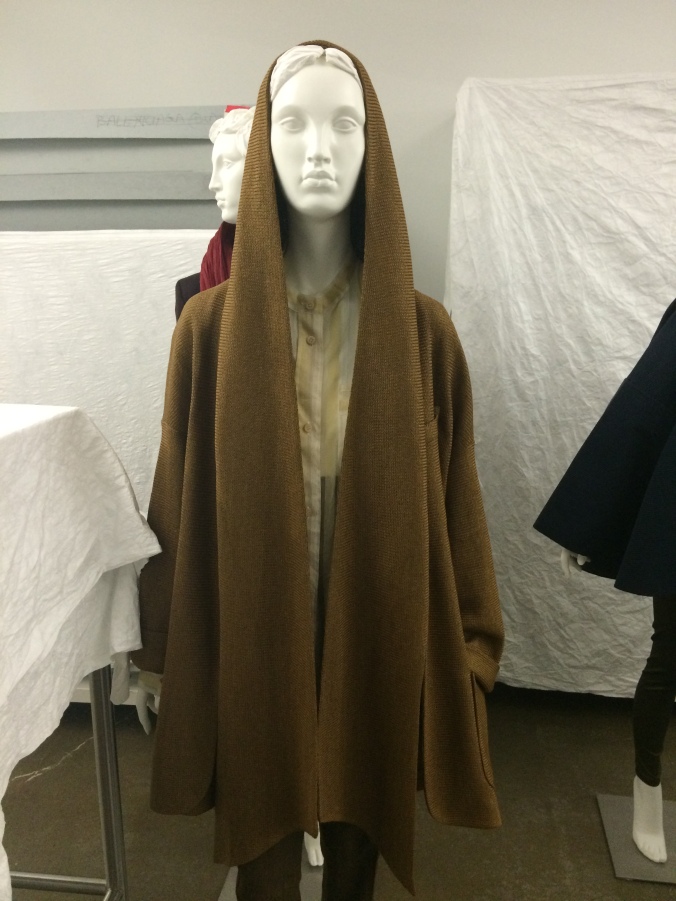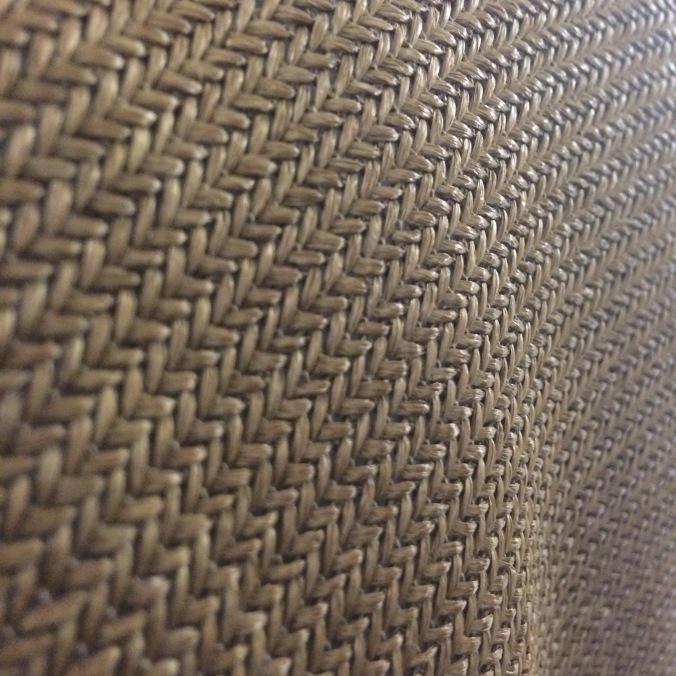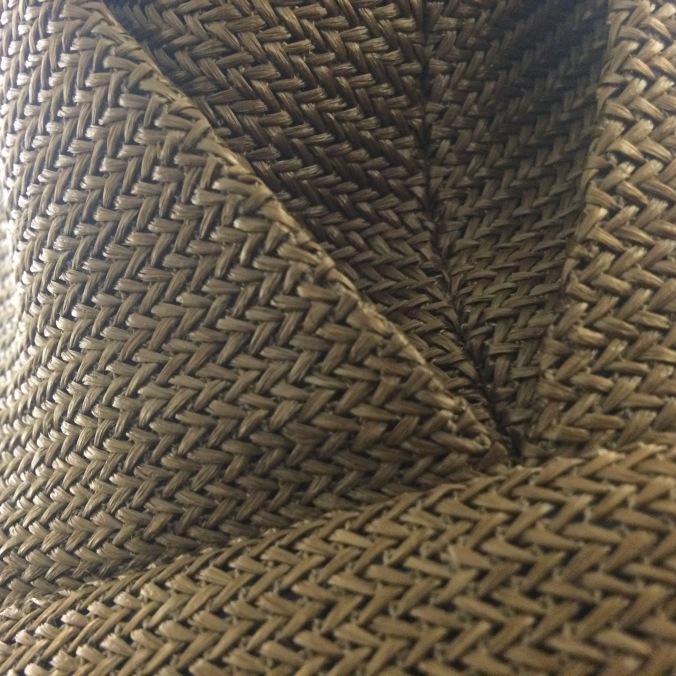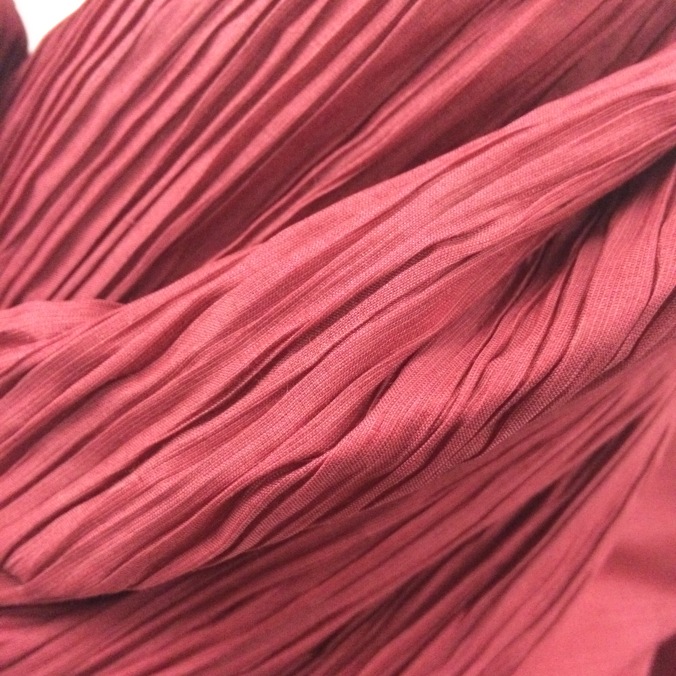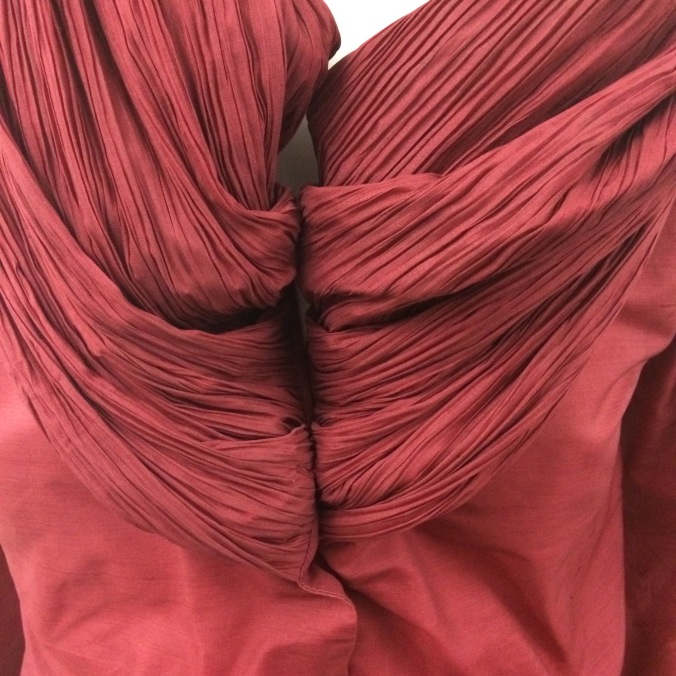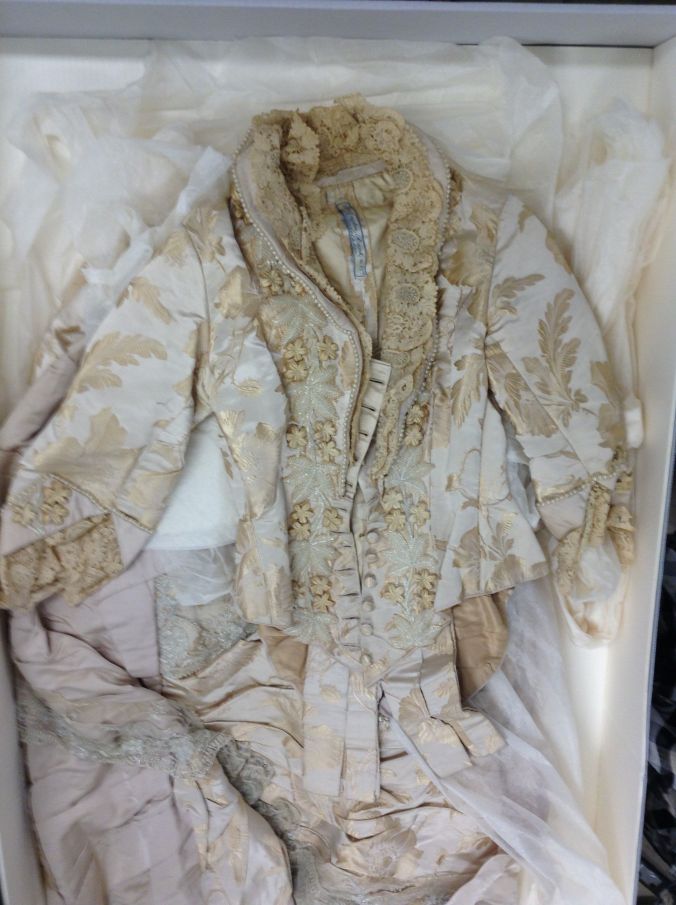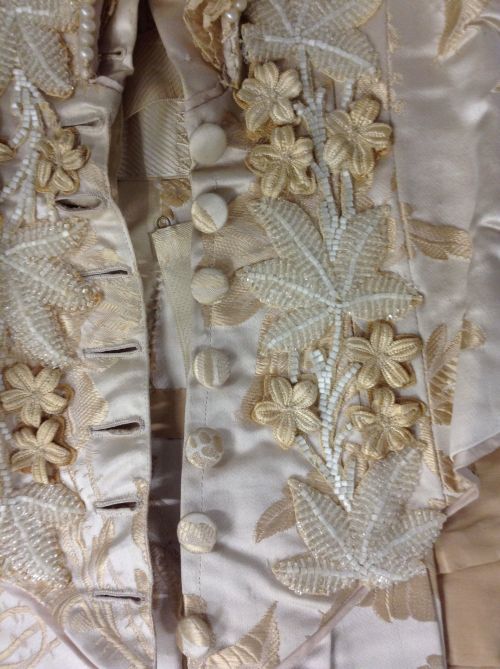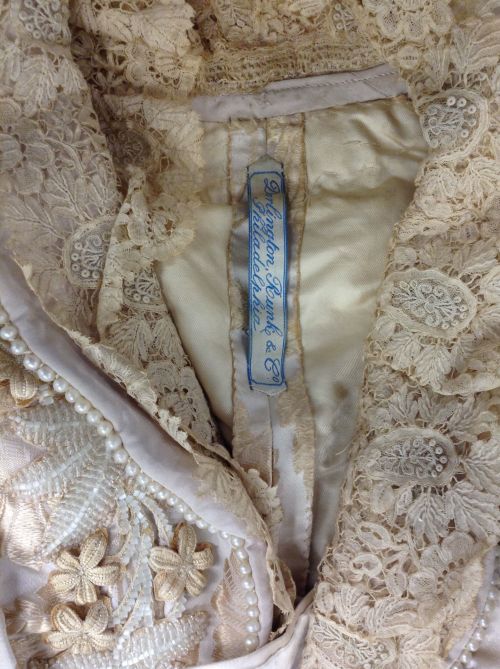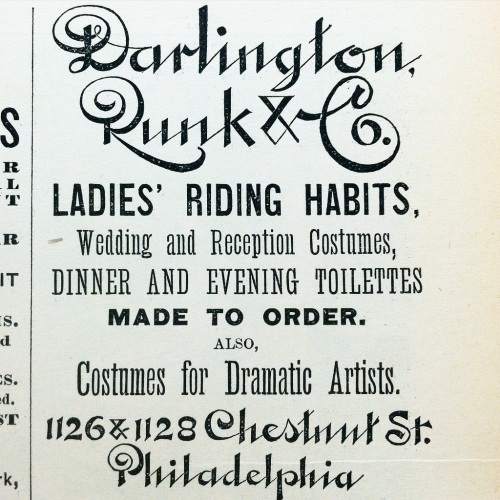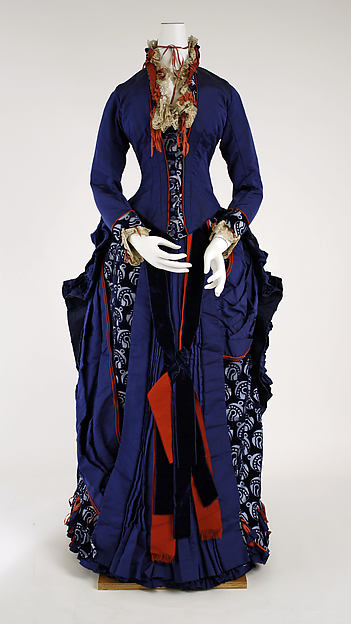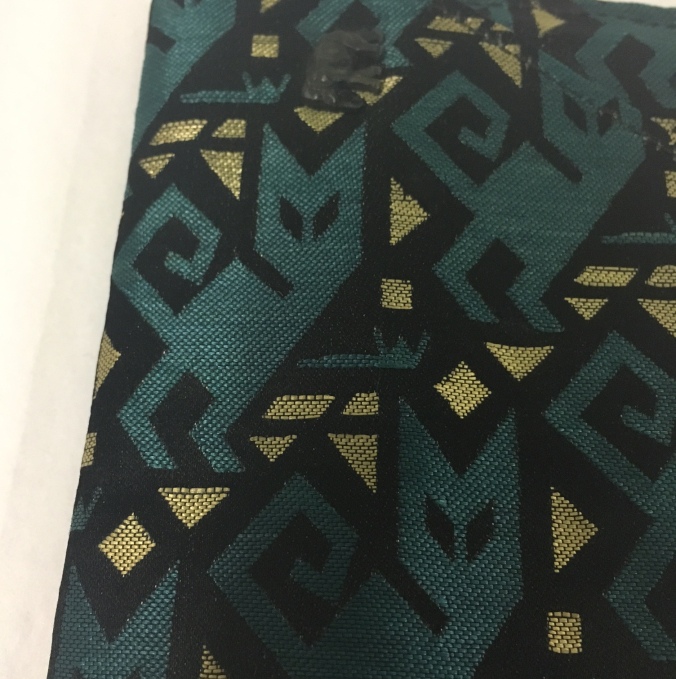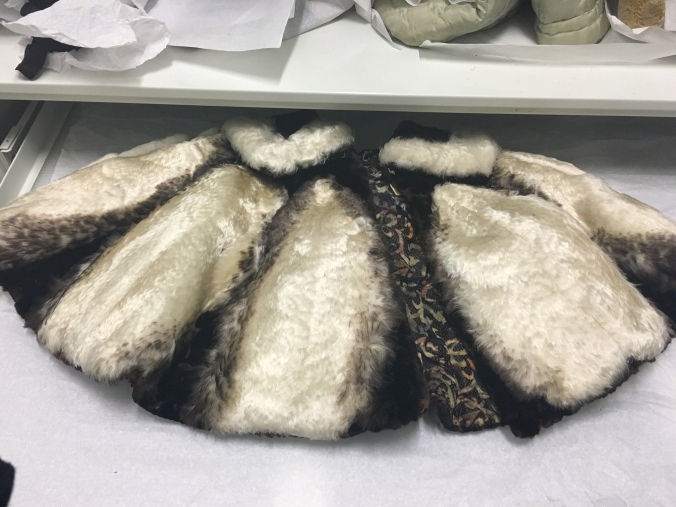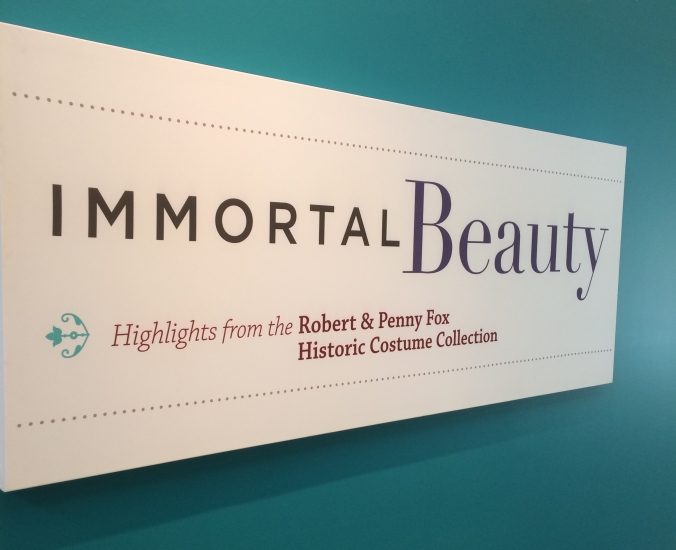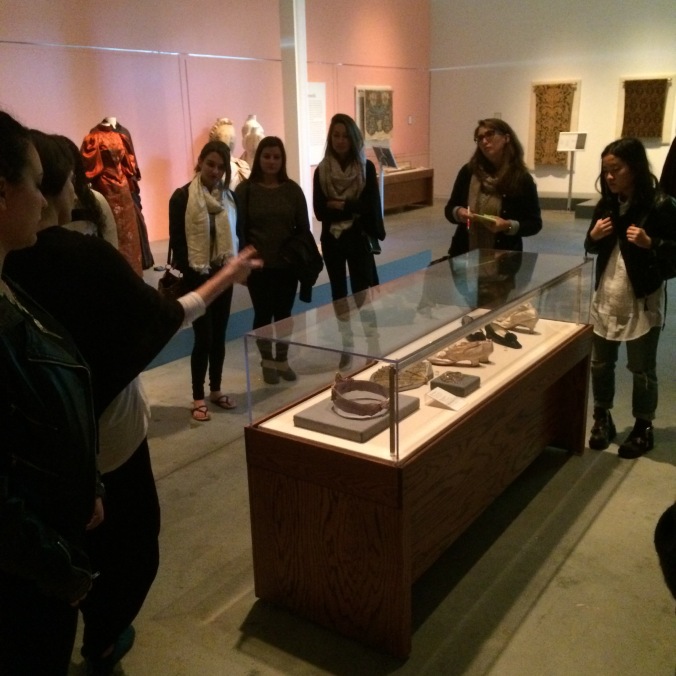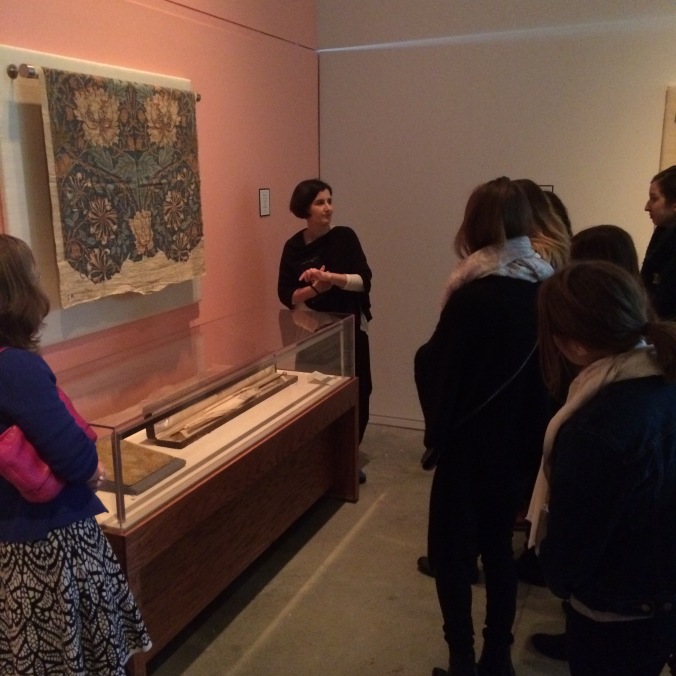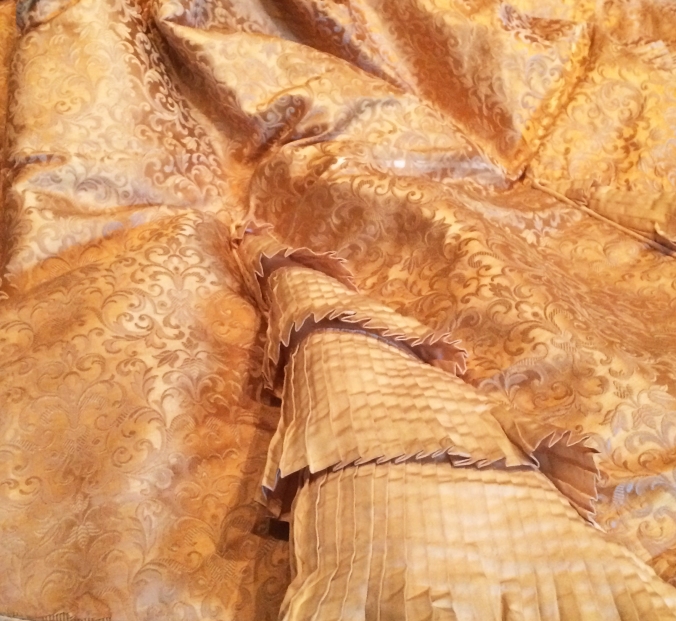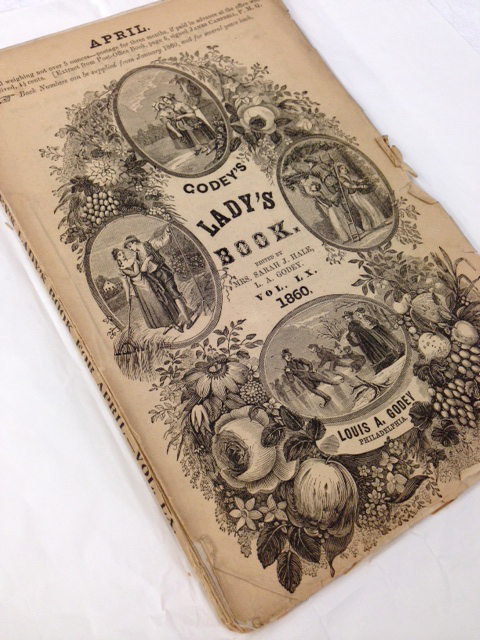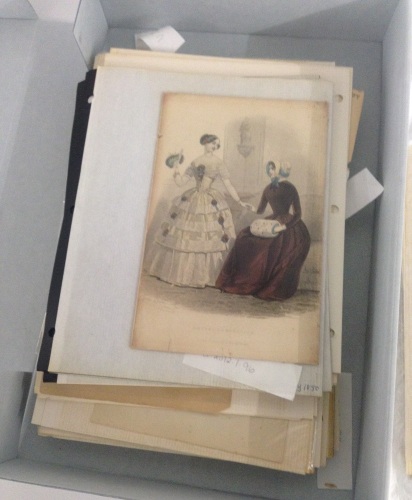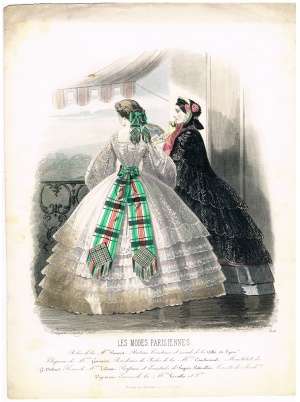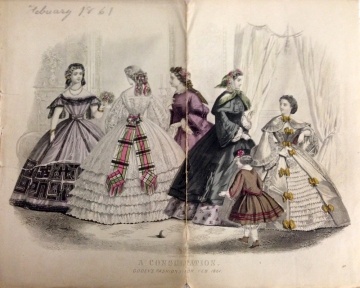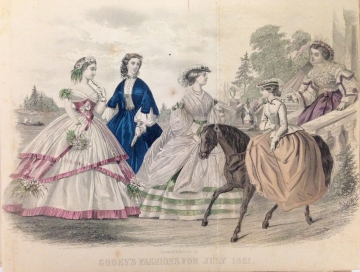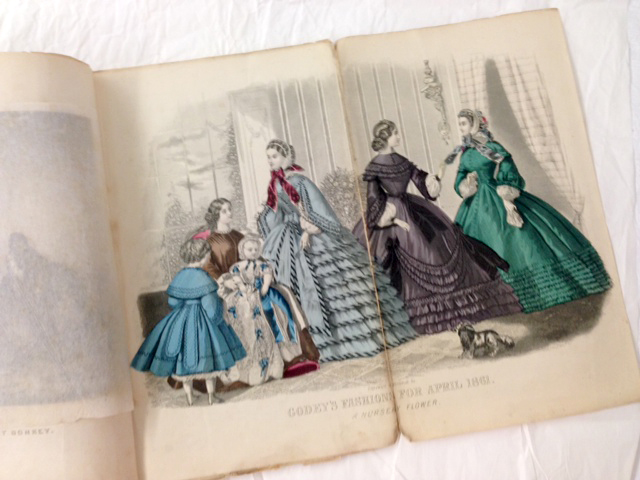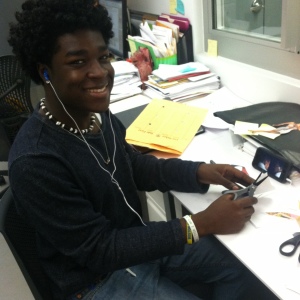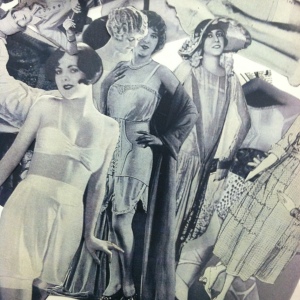The week I started my summer internship here at the FHCC, a donation of French fashion plates had just been received. The fashion plate is a hand-colored engraving that appeared in weekly or monthly journal publications, at least one or two per issue. These prints depicted the current styles of dress and clothing, highlighting the designers, dressmakers, or stores that would sell those fashions. The term has also come to refer to a particularly fashionable person who dresses in the latest styles. The timing of this donation could not have been better, and it was the perfect project for me to begin with at the Fox Collection.
My name is Rebecca, and I am pursuing a M.A. in History at La Salle University, concentrating in Public History. I usually spend my days working with the “traditional fine arts” of paintings, drawings, and prints as Collections Manager/Registrar at La Salle University Art Museum. Like so many others, I was attracted to the FHCC’s unique blend of the art of fashion, with the history and social meaning of dress and costumes. I am especially interested in the intersection of art and popular culture, and was excited to learn more about the fashion plates, the artists who created them, and the women who eagerly viewed them, not in museums or salons, but in the privacy of their own homes.
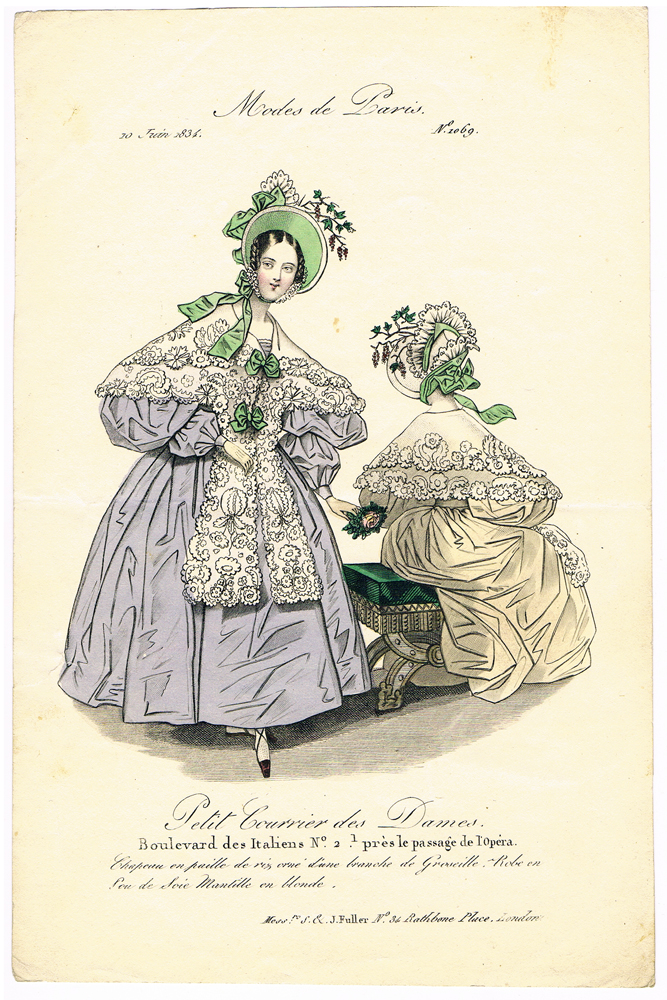
Plate 1069, Petit Courrier des Dames (1822-1865), 1836
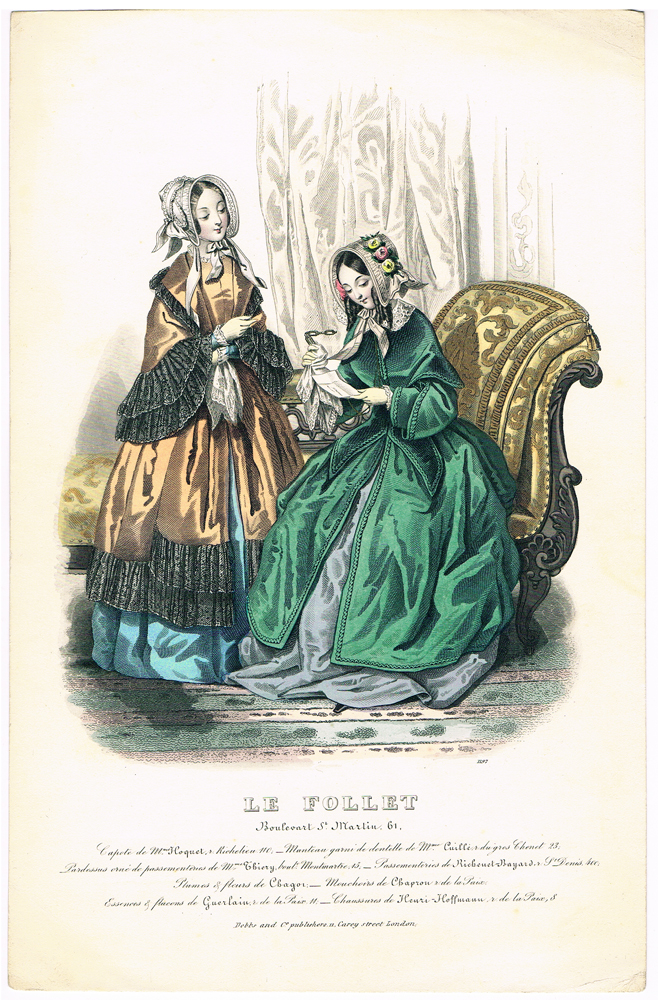
Plate 1197, Le Follet (1829-1892), c. 1843
The plates are lovely to look at, and have become collector’s items, often torn from the pages of their original context for framing to hang on bedroom walls. This donation includes over 100 plates, and most of them are undated, though they contain plate numbers. This can help with identifying dates, as the plates were numbered consecutively from the first issue through the entire print run of the journal. Along with fellow graduate interns Jennifer and Courtney, we filled out descriptive catalogue sheets for each item, recorded what information we could gather from each plate, and transcribed the designers and distributors of the dresses, hats, gloves, and even perfumes, whose often names appear below the illustration.
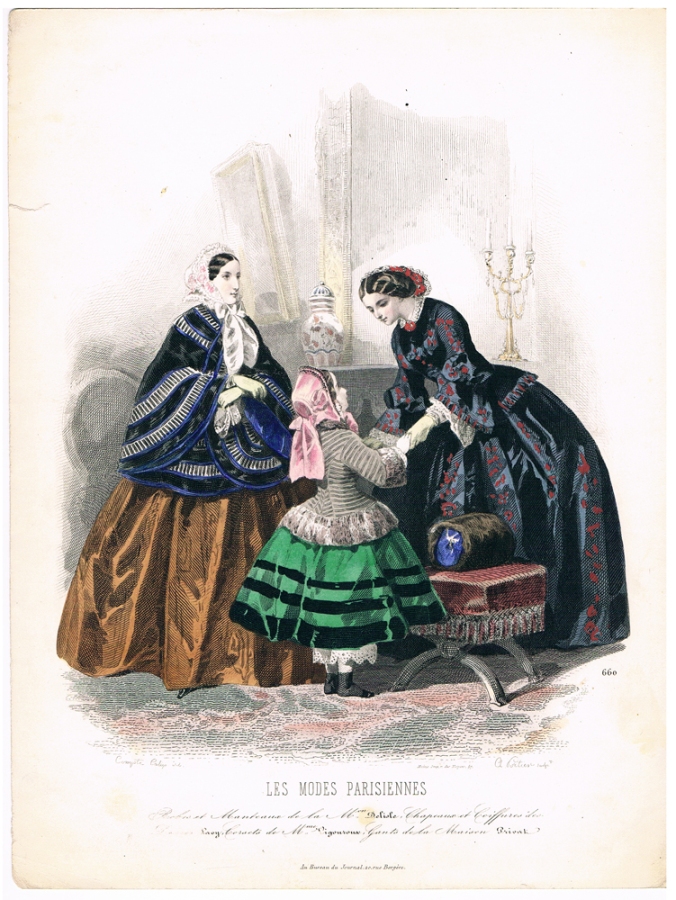
Plate 660, Les Modes Parisiennes (1843-1875), Artist: François Claudius Compte-Calix (1813-1880), Engraver: A. Portier (1820-1899), c. 1854-1856
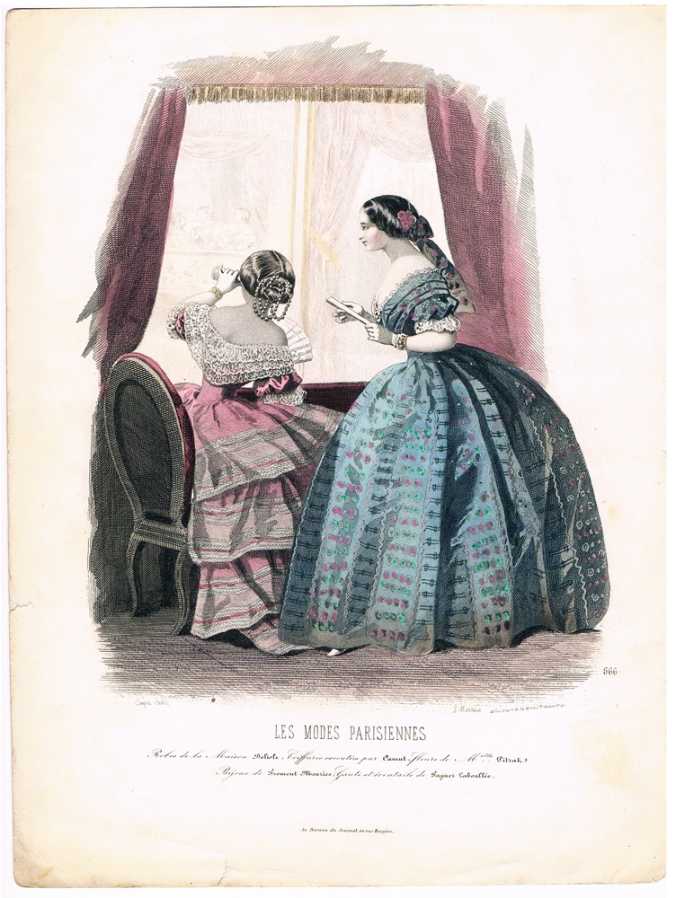
Plate 666, Les Modes Parisiennes (1843-1875), Artist: François Claudius Compte-Calix (1813-1880), Engraver: Gabriel Xavier Montaut d’Oleron (b. 1798), c. 1854-1856
Most of the plates came from the journal Les Modes Parisiennes, which was published in Paris from 1843 – 1875. The chief artist and illustrator, whose signature appears on most of the plates was François Claudius Compte-Calix (1813-1880), who also exhibited his paintings at the Paris Salon. For the production of the fashion plate prints, the artist would execute a drawing, which was then translated into print by an engraver, who often signed the print as well. Any tonal and modular shading would be done with hash marks and lines of the engraving. The final step to complete the print was the application of solid washes of color, done by a team of women workers, each applying one color, assembly-line style.

Plate 687, Les Modes Parisiennes (1843-1875), Artist: François Claudius Compte-Calix (1813-1880), Engraver: Gabriel Xavier Montaut d’Oleron (b. 1798), c. 1854-1856

Plate 760, Les Modes Parisiennes (1843-1875), Artist: François Claudius Compte-Calix (1813-1880), Engraver: E. Préval, 1856
The plates portray the idealized woman, and often feature at least two figures. The ladies appear in places where one might expect to wear the type of dress depicted. Women in ball gowns stand before the hint of a gilded mirror or chandelier; they sit in a balcony at the opera, holding fans and peering through opera glasses. They are placed in parlors, or stand in well-groomed gardens with decorative urns and statuary. The presence of a horse indicates a riding habit. They lean towards each other in conversation, but always present the clothing first and foremost. Sometimes they are accompanied by children. Always they are feminine and beautiful, well-within the private, domestic sphere of the 19th-century woman.
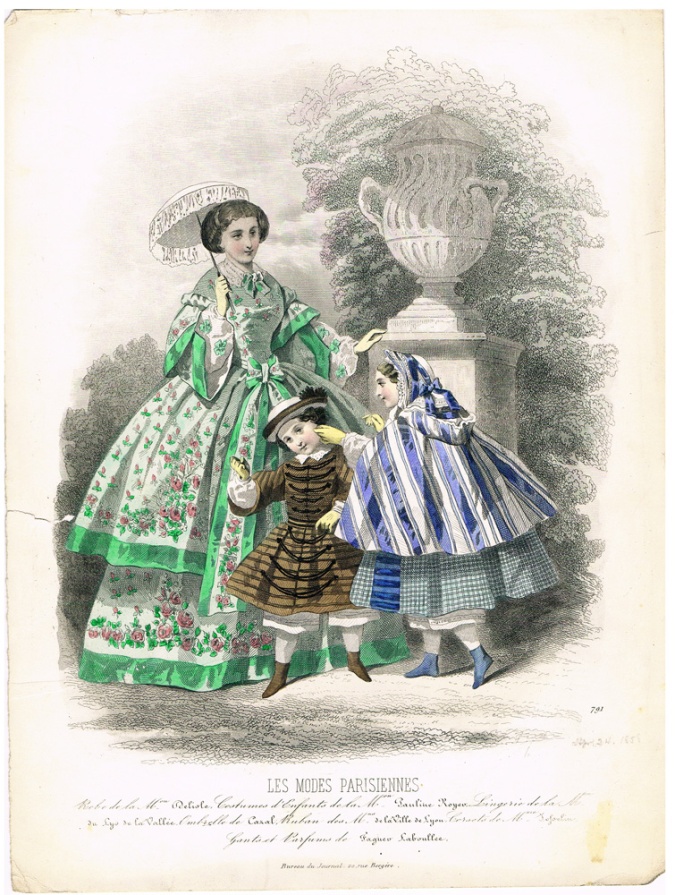
Plate 791, Les Modes Parisiennes (1843-1875), April 24, 1858

Plate 795, Les Modes Parisiennes (1843-1875), Artist: François Claudius Compte-Calix (1813-1880), Engraver: E. Préval, 1858
Viewing the collection as a whole, one can see the evolution of women’s fashion, dictated by Paris, the capital of style. The grand puffy sleeves reduce in size, and the skirts growing larger and larger. As Monica, our Collection Manager, discussed in last week’s blog post, the cage crinoline replaced the heavy layers of petticoats necessary to maintain the growing circumference of women’s dress that had become the height of fashion by the mid 1850s.

Plate 957, Les Modes Parisiennes (1843-1875), Artist: François Claudius Compte-Calix (1813-1880), Engraver: E. Préval, c. 1861-1863

Plate 965, Les Modes Parisiennes (1843-1875), Artist: François Claudius Compte-Calix (1813-1880), Engraver: E. Préval, c. 1861-1863
Eventually the lithograph replaced the hand-colored engraving in fashion magazines, and soon photography took its place as the leading art form to best represent the latest fashions in today’s magazines.
Sources:
Fashion plates from The Metropolitan Museum of Art: http://libmma.contentdm.oclc.org/cdm/landingpage/collection/p15324coll12
Holland, Vyvyan Beresford. Hand Coloured Fashion Plates, 1770 to 1899. London: Batsford, 1955.
An avid fashion plate collector! The son of Oscar Wilde, born as Vyvyan Oscar Beresford Wilde, he donated his collection of over 9,000 fashion plates to the Cooper-Hewitt, Smithsonian Design Museum.
Steele, Valerie. Paris Fashion: A Cultural History. New York : Oxford University Press, 1988.
Los Angeles Public Library: http://www.lapl.org/
Rebecca Oviedo
Graduate Intern








